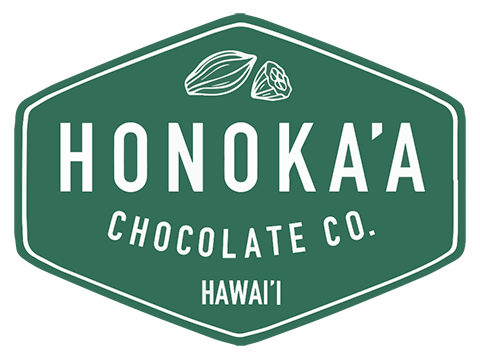Vietnamese cacao has been steadily growing in popularity with artisan chocolate makers across the world over the last decade, and for good reason. It’s quality and unique flavor profile distinguish this region as a premium cacao producer. Vietnamese cacao’s recent ascent as a global commodity, however, was not a foregone conclusion. For over a century, it’s place in Vietnam’s agricultural industry and culture was mired in war, financial feasibility, and colonialist implications.
Not native to the region, cacao was carried in the suitcases of colonizers in the late 19th century, as France set its sights on Indochina as strategically imperative to its global ambitions. With Spain recently establishing a cacao source in the Philippines, France felt the need to keep pace with its neighboring rival. France eyed Vietnam’s lush and fertile Mekong Delta as an agricultural haven for cultivating cacao.
France did not, however, receive a warm welcome from the locals. After decades of resistance, the French finally left Vietnam in 1954, leaving behind untamed cacao plantations in the rural areas along the Mekong. Local farmers, not knowing what to make of these jungle interlopers, munched on the fresh fruit of the cacao pod, rather than engaging in the painstaking process of fermenting and roaring the cocoa beans. Unsurprisingly, the locals were not overly impressed. With the onset of the Vietnam War, most of the small cacao plantations were abandoned and subsequently demolished.
Although cacao attempted a few comeback tours after the war, financial obstacles kept cacao from achieving any semblance of prominence in Vietnam’s packed agricultural scene. Contrasted to established crops such as rice, rubber trees, and pomelo, cacao was a risky business. Cacao trees take three to six years to bear fruit. For farmers, time is of the essence, and a half a decade is no small sacrifice for hungry farmers to wait for their return on investment. With bountiful cash crops available that pay dividends sooner, many farmers chose the easier agricultural path.

Vietnam’s cacao industry finally took root in the 2000s, as the rise of artisan craft chocolate sent its makers in a fury across the world in search of new and exotic cacao sources. With more intentional education, financial assistance, and oversight from global industry leaders, local farmers finally had the investment and help they needed to cultivate cacao in an efficient and profitable manner. The result was extraordinary.
This bar, with origins in Ba Ria on Southeast coastline of Vietnam, features wonderful aroma notes of raisin and fudge, with a complex flavor profile of raisin, marshmallow, graham cracker and chocolate cake.



Follow Us On Social